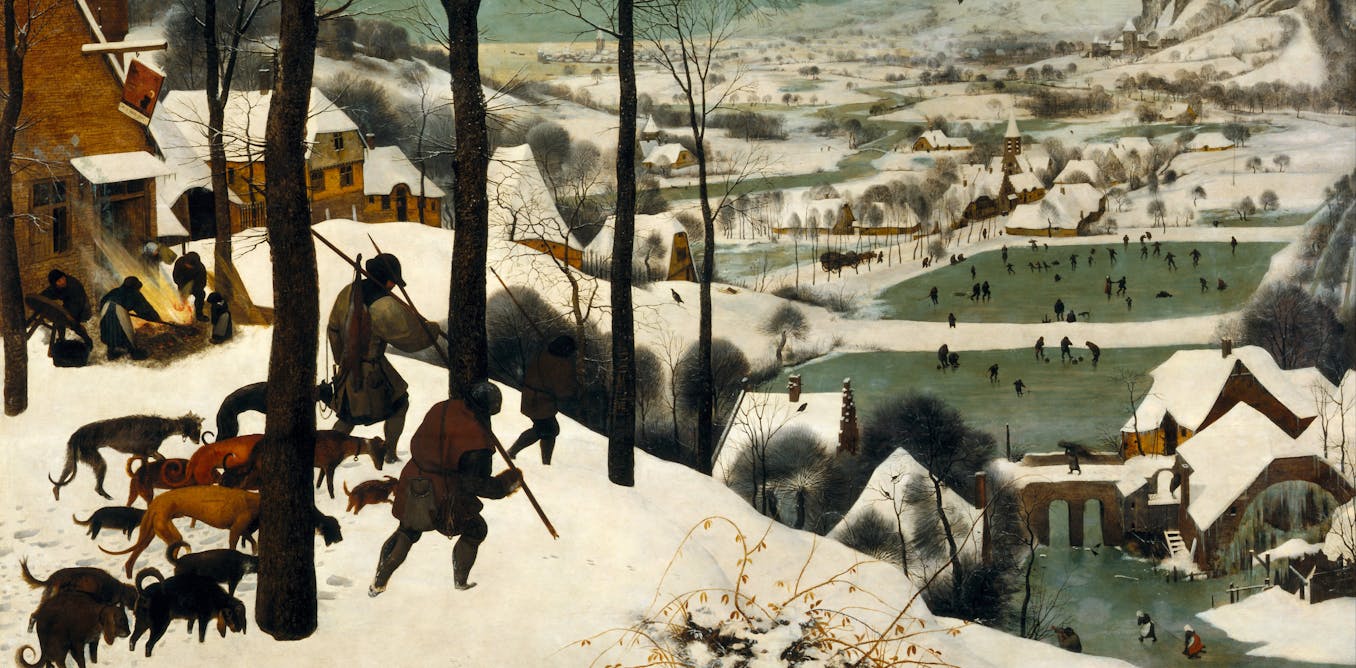waz
ADMINISTRATOR

- Joined
- Sep 15, 2006
- Messages
- 21,131
- Reaction score
- 91
- Country
- Location
I was talking about the record rainfall they've received in the last CY2022. On June 17th 2022, Mawsynram set a new record by receiving 1003.6 mm in a span of 24 hours which has now become its highest single day record for the month of June and for its all time single day record beating its former record of 944.7 mm on June 7th 1966.

Assam, Meghalaya Record Highest Rainfall In 121 Years
Assam and Meghalaya have recorded the highest June rainfall in 121 years.www.guwahatiplus.com

Another record for Cherrapunji: 972 mm rainfall in a day, 3rd highest in 122 years
New Delhi, June 17 (PTI) Just two days after recording 811.6 mm of rainfall in a day, Cherrapunji in Meghalaya received a bountiful 972 mm of precipitation in 24 hours ending 8.30 am on Friday, the highest in June since 1995 and the third highest in 122 ymorungexpress.com
The annual mean temperature in the NE state has increased by only 0.59 degrees Celsius in the last 60 years and you're portraying it as if they've turned into a Sahara desert
There are shortfalls of rainwater now over the time period do you understand how bad that is? Yet you're posting about last year's rainfall!
India's so called 'wettest' state has seen it's rainfall share fall.
Feel free to deny your own experts. I know the truth hurts so this must be your way to make yourself feel better i.e. deny it all.

Next you stated that minor changes in temperature are not a problem which again shows your lack of scientific understanding.. Fractional changes in temperature cause devastating results on the earth's fragile ecosystem.
Here educate yourself;
Whether you agree with the consensus or not, there's no denying that even a small change in temperature can have enormous consequences.
Temperature plays an important part in shaping weather patterns, guiding the life cycle of various organisms and maintaining ocean levels. Shifting the temperature a couple of degrees can throw an entire ecosystem into chaos.

Why do small changes in Earth's temperature have a big impact?
Though not everyone agrees why the Earth is getting warmer, temperatures are inching up worldwide. A couple of degrees doesn't seem like such a big deal. What difference can a subtle change make?
Today, the temperature shift is going in the other direction – with global temperatures already 1 C (1.8 F) higher than before the industrial era, and local, sometimes devastating, extremes occurring around the world.
New research has found that extreme heat waves, those that don’t just break records but shatter them, become more common when temperatures change rapidly.
These serve as a warning to governments to redouble their efforts to limit warming to 1.5 C (2.7 F), relative to the 20th-century average, while also investing in the development and deployment of technologies that filter greenhouse gases out of the atmosphere.

Small climate changes can have devastating local consequences – it happened in the Little Ice Age
Globally, the temperature changed by half a degree Celsius, but it dramatically altered the likelihood of extreme local weather.
 theconversation.com
theconversation.com
Five and a half degrees Fahrenheit. It may not sound like much—perhaps the difference between wearing a sweater and not wearing one on an early-spring day. But for the world in which we live—which climate experts project will be at least 5.7 degrees Fahrenheit warmer by 2100, relative to pre-industrial levels (1850–1900), should global emissions continue on their current path—this small rise will have grave consequences. These impacts are already becoming apparent for every ecosystem and living thing, including us.

Are the Effects of Global Warming Really that Bad?
Short answer: Yes. Even a seemingly slight average temperature rise is enough to cause a dramatic transformation of our planet.
Here they discuss how a 5.7 degrees fahrenheit is massive and you are dismissing an actual rise of 0.59 Celsius lol!!

For northeast and east India, IMD’s normal rainfall calculated for the period from 1961 to 2010 was 1,410.4 mm which came down to 1,367.3 mm in the 1971 to 2020 period(Is it that low according to your calculations? I don't think so)
During the last year’s monsoon between June 1 and June 23, Meghalaya has recorded 150% excess rains, followed by Assam 83% and Arunachal Pradesh 25% excess rain. Northeast India used to receive large amounts or rain and comparatively it still does because the normal here is very high but we are seeing that the quantum of rainfall is increasing along the west coast now
@waz Now it has been proved once again thatholding of Brahmaputra water is much lower than what it is generally perceived
That's a great reduction and your experts are sounding the alarm. You lack a complete understanding of how ecosystems work and review the numbers in a nominal way.
In 1861, Cherrapunji, known to locals as Sohra, created a world record with 22,987mm of rainfall in a year.
More than 150 years later, and experiencing an average annual rainfall of 11,430mm, it is still the second wettest place in the world.
However, the current rainfall in Cherrapunji, located in Meghalaya state, is just one third of what it was in the 1970s.
Residents blame events beyond their control for the problems they face – the place is hotter, drier and shorter of water than even before.

“We never had very large forests around Cherrapunji. Those that were there were sacred to us and we did not cut a branch,” says Millergrace Symlieh, a senior member of the Sohra Science Society.
“We are affected by what’s happening all over the world,” he told Al Jazeera.
Even Chadhuri’s “normal average” of 11,000mm of annual rain is a far cry from the 1970s, when Cherrapunji got almost double that amount of annual rainfall.
In 1974, Cherrapunji experienced 24,555mm of annual rain, a world record.
So at about 8,000mm to 9,000mm, the present average is only about a third of the town’s annual rainfall compared with only 40 years ago.
Meanwhile, her sister Mimi complains that rainfall is now very erratic.
The neighbouring state of Assam was once, and perhaps still is ,famous for its destructive floods caused by rivers like the Brahmaputra.
But for the past two years, during the late winter and summer months, half of its 28 districts have suffered drought.

Drought and water shortage in Cherrapunji, India
Climate change, population increase set off water shortages in what was once the wettest place on earth.
Oh dear this was back in 2016 and the situation is far worse now.
Your posts remind me of this;

Last edited:



